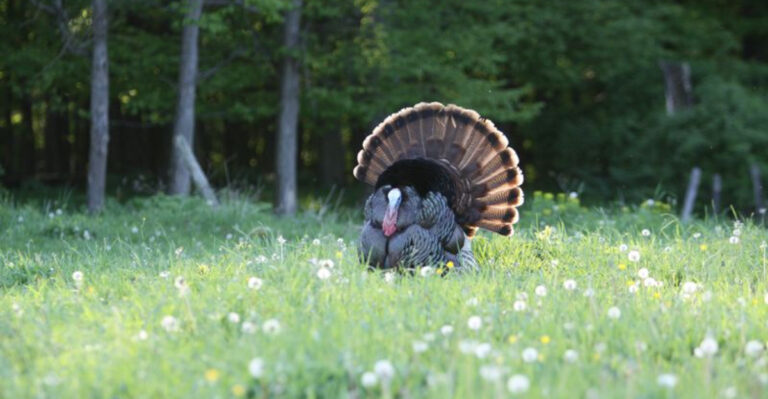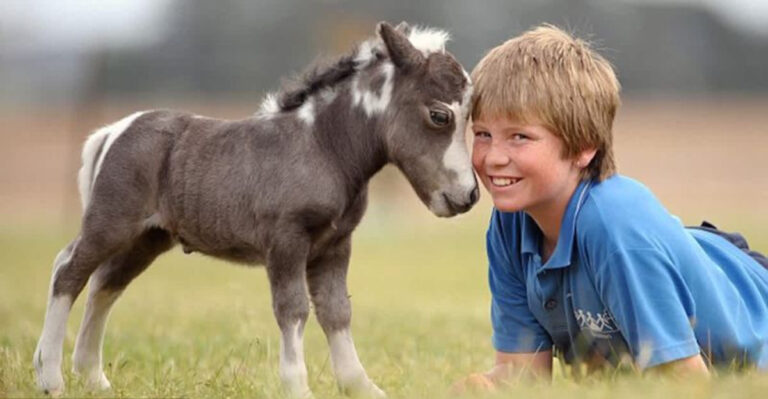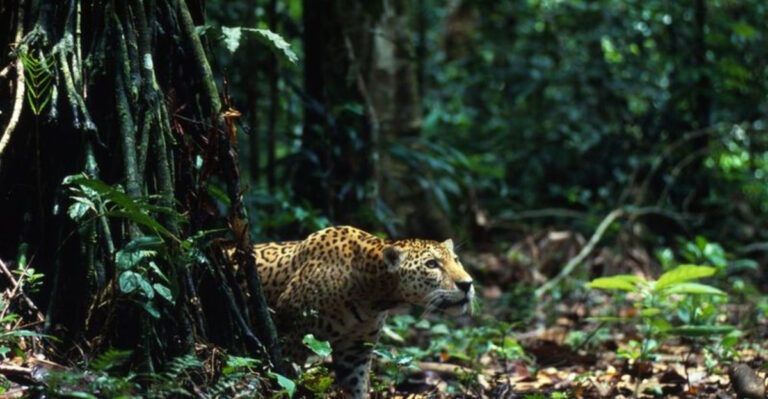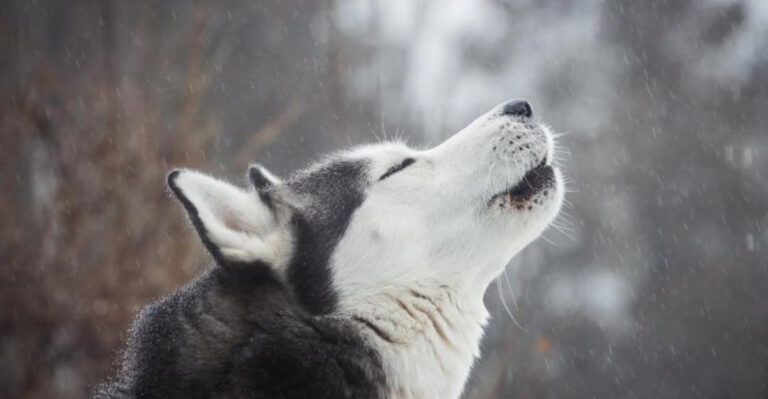Black, White, And Totally Breathtaking: 18 Animals You’ll Love
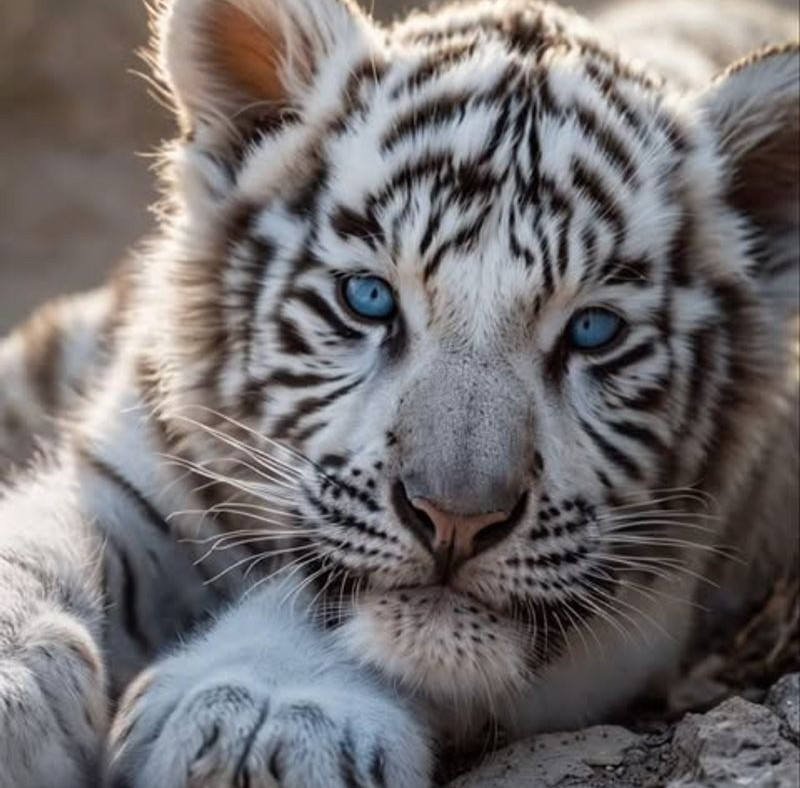
Black-and-white animals are nature’s way of showing off in style—no color needed! From tuxedo-wearing penguins to the effortlessly cool panda, these creatures prove that contrast is downright captivating.
Let’s check out some of the most stunning two-toned animals you absolutely need to know!
1. Zebra
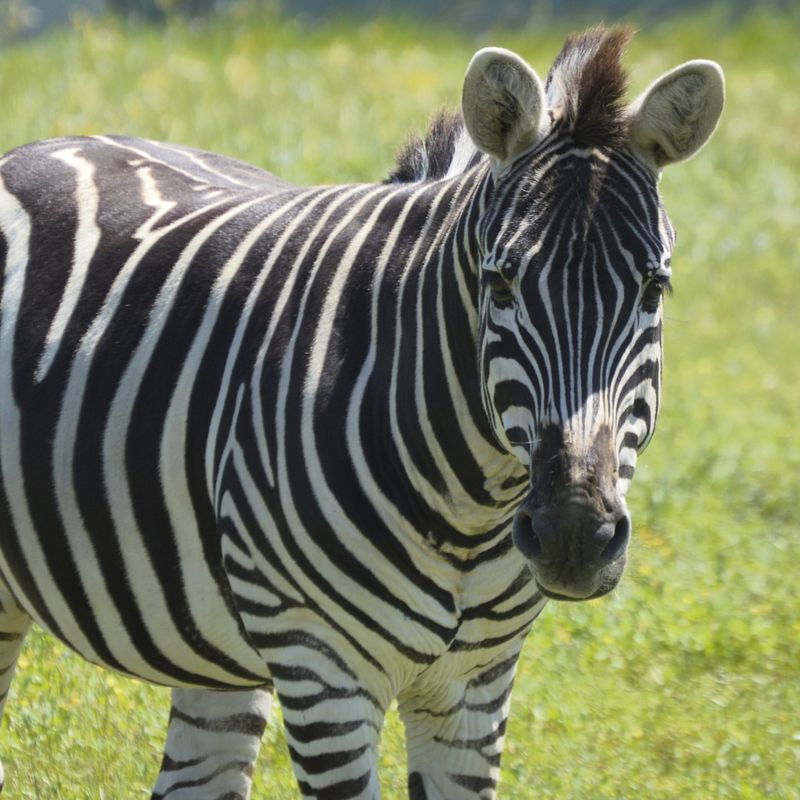
Zebras are nature’s runway models, rocking black-and-white stripes like total pros. Found in the heart of Africa’s savannas, they strut in herds with style and smarts.
Those stripes aren’t just for show—each one is unique and helps confuse predators by creating a wild optical illusion. Safety in style? Yes, please!
Zebras are all about community, using sounds, facial cues, and even ear flicks to chat with their crew.
Their numbers are at risk, though, thanks to habitat loss and hunting, so protecting them matters more than ever.
2. Holstein Cow
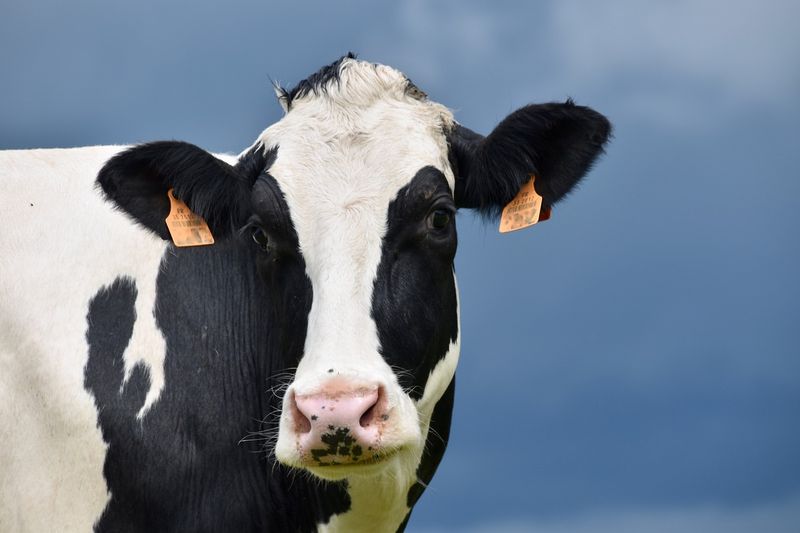
Holstein cows are the superstars of the dairy world, instantly recognizable with their bold black-and-white spots.
Originally from the Netherlands, these gentle giants now graze happily on farms around the globe.
They’re milk-making machines, producing more dairy than any other breed—hello, cheese, yogurt, and ice cream!
Holsteins are champs at adapting to different climates and farm styles, making them a favorite in agriculture.
Taking care of them means good food, fresh water, and regular vet checkups to keep the milk flowing.
3. European Badger
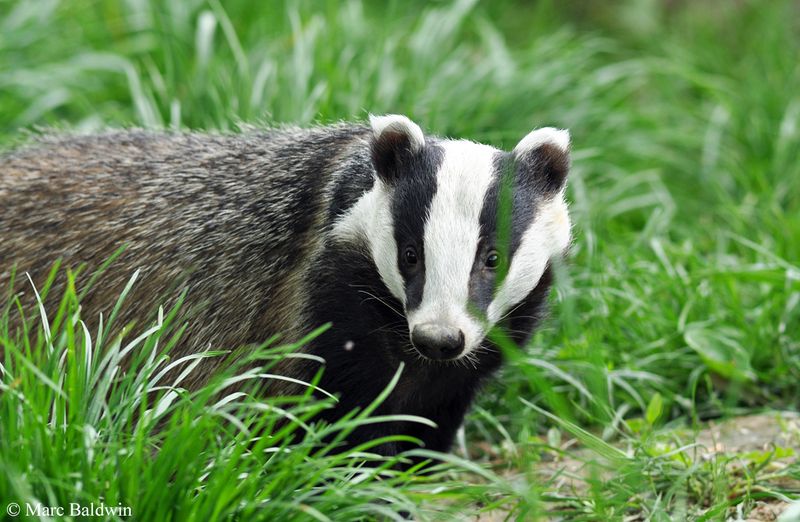
With its bold black-and-white striped face, the European Badger looks like it’s always ready for a masquerade party!
These nighttime wanderers are a common sight across Europe—if you know where (and when) to look.
Badgers are big on digging, creating impressive underground homes called setts where they live in social groups.
They’re nature’s little gardeners, helping the soil and keeping pesky insects in check while munching on everything from worms to berries.
Catch one on a moonlit stroll through the forest, and you’ve scored a real wildlife treat!
4. Skunk
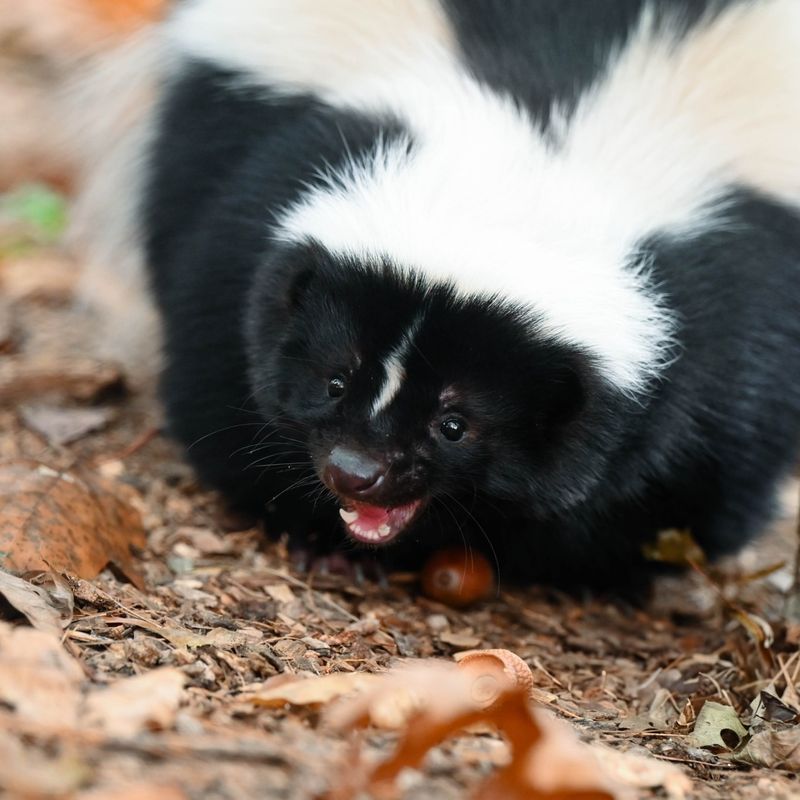
Skunks may be the unofficial champs of stink, but there’s way more to them than their famous spray!
Rocking bold black-and-white coats, they flash a stylish warning to anyone thinking of messing with them.
These nighttime foragers are nature’s pest control, snacking on insects, small critters, and plants like it’s their job (because it is).
Despite their smelly rep, skunks are actually pretty chill and only spray when seriously spooked.
Give them space, and you’ll see just how fascinating these fuzzy little wanderers really are.
5. Dalmatian

Orcas are the ocean’s boldest beauties, rocking black-and-white like true underwater royalty.
These brainy giants live in tight family pods and even have their own dialects—how cool is that?
They’re master hunters, using teamwork and smarts to snag everything from fish to seals with jaw-dropping precision.
Their social lives are next-level, full of play, care, and pod pride that rivals any family reunion.
Despite the “killer” nickname, they’re gentle with humans and full of awe-inspiring grace in the wild.
6. Orca
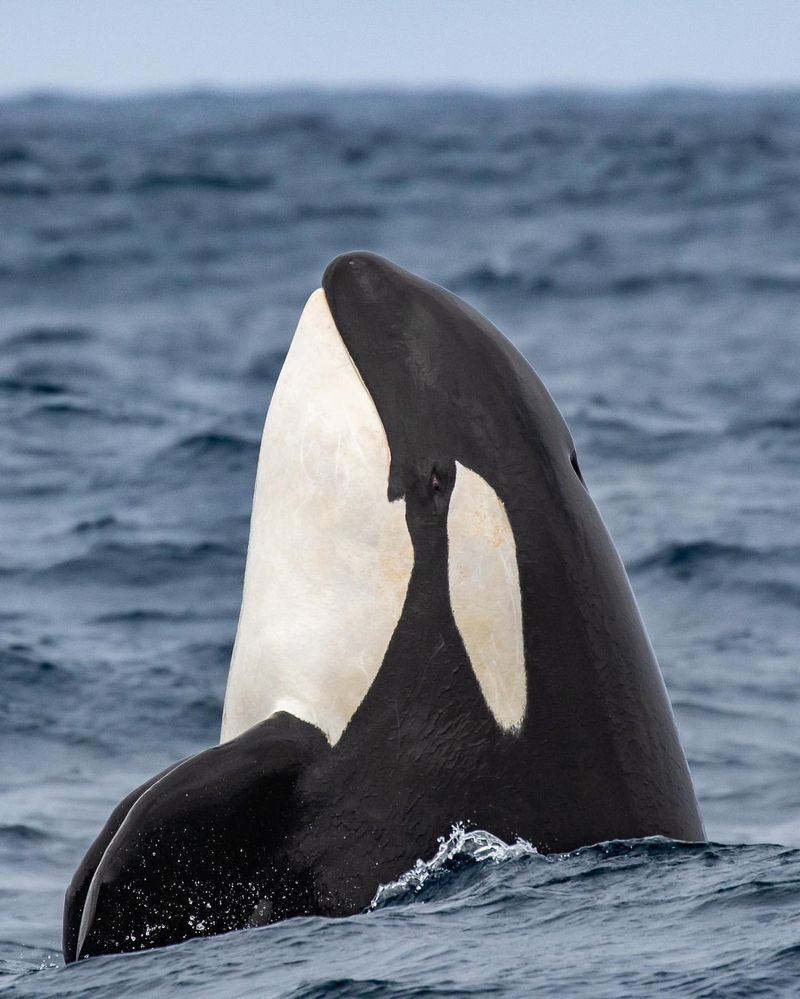
Orcas are the dazzling superstars of the sea, turning heads with their bold black-and-white look and brilliant minds.
Found in oceans all over the world, these marine marvels stick with their family pods and even chat in their own unique “languages.”
They’re top-tier hunters, using teamwork and clever tactics to take down everything from fish to seals.
Their social lives are just as amazing—they teach, care for each other, and truly thrive on connection.
Despite the dramatic nickname, orcas aren’t a threat to humans in the wild—they’re curious, graceful, and utterly awe-inspiring.
7. Penguin
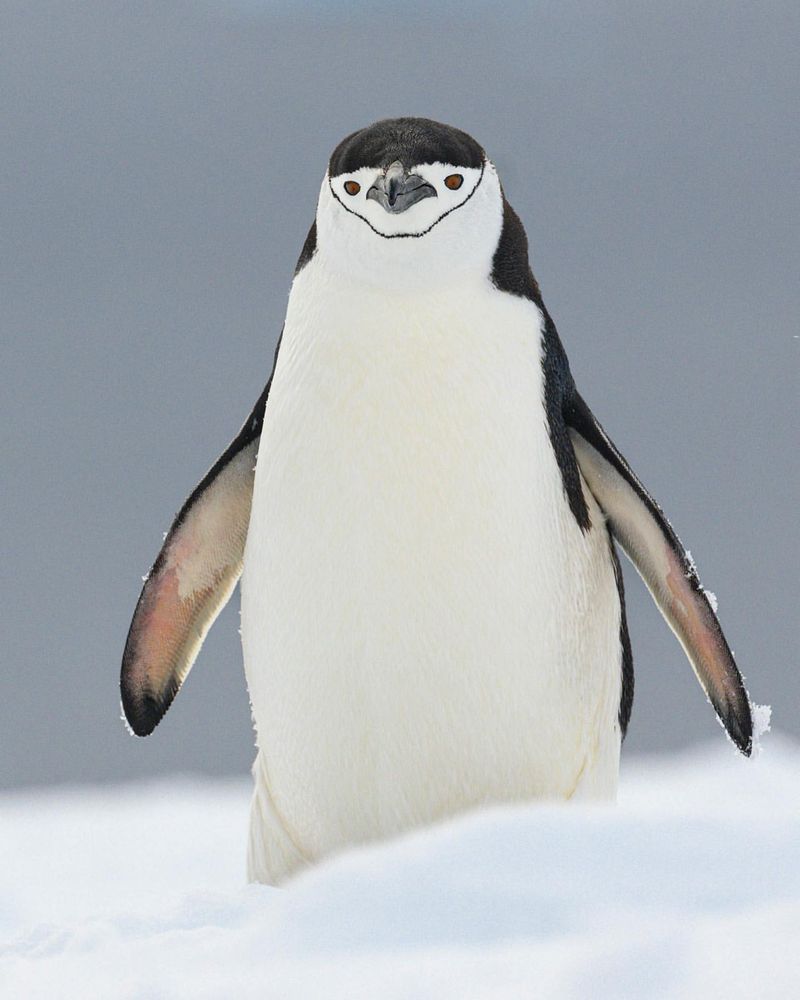
Penguins are nature’s dapper little divers, rocking tuxedo-like feathers while thriving in some of the harshest spots on Earth.
From icy Antarctica to breezy temperate islands, these flightless birds know how to make a splash.
Instead of flying, they flap through water like pros—those wings are built for speed, not sky.
They’re big on community, huddling in massive colonies to raise their chicks and stay safe from predators and the cold.
8. White Tiger
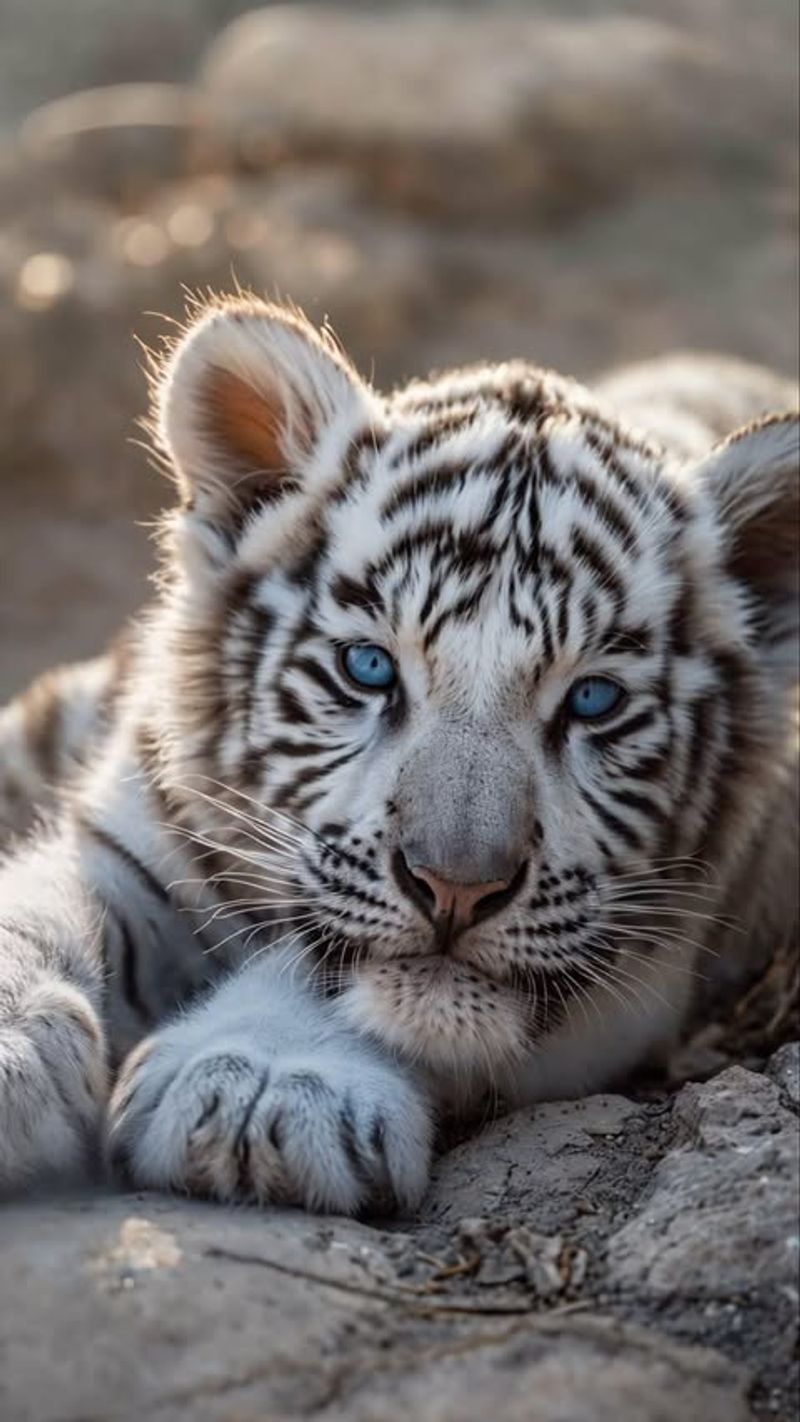
White tigers are nature’s showstoppers—those icy blue eyes and bold black stripes on a snowy coat are simply mesmerizing.
Unlike their orange cousins, they’re a rare genetic twist on the Bengal tiger, making them true wildlife gems.
They’re every bit as powerful and graceful, ruling their territories with the stealth and strength of top predators.
But their beauty doesn’t shield them from danger—habitat loss and poaching still threaten their future.
That’s why conservation efforts are so important, giving these stunning big cats a fighting chance.
9. Siamese Fighting Fish (Betta)
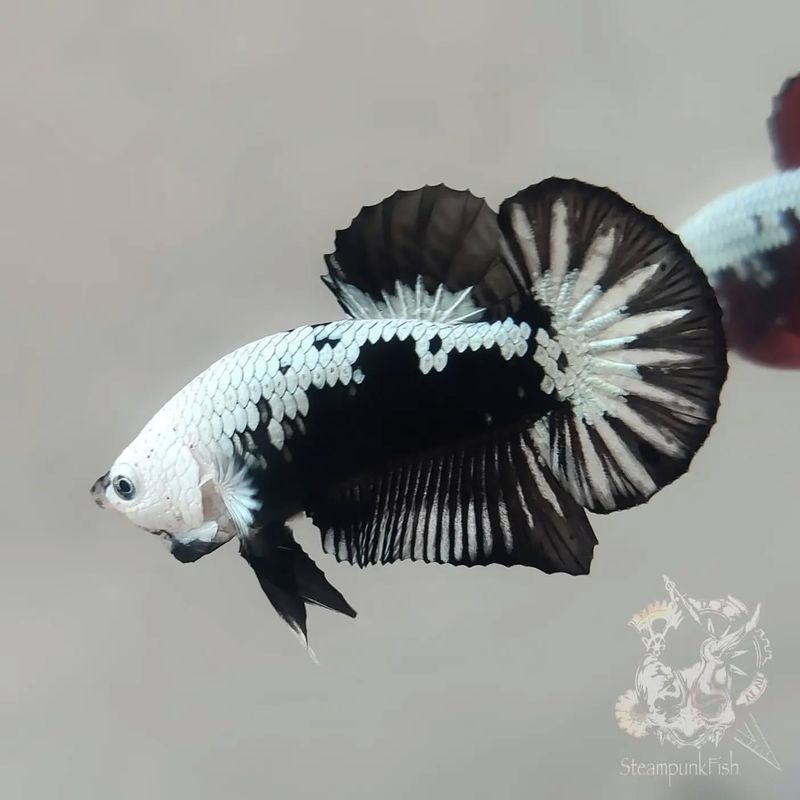
Siamese fighting fish, or bettas, are like living jewels—flashing bold colors and flowing fins that steal the spotlight in any tank.
Native to Southeast Asia, these beauties thrive in calm waters like rice paddies and shallow ponds.
Don’t let their size fool you—male bettas are little warriors, flaring their fins in dramatic displays to defend their turf.
Despite the attitude, they’re wildly popular pets thanks to their stunning looks and easy-care vibe.
Give them clean water, proper food, and some space to strut, and they’ll dazzle you daily.
10. Puffin
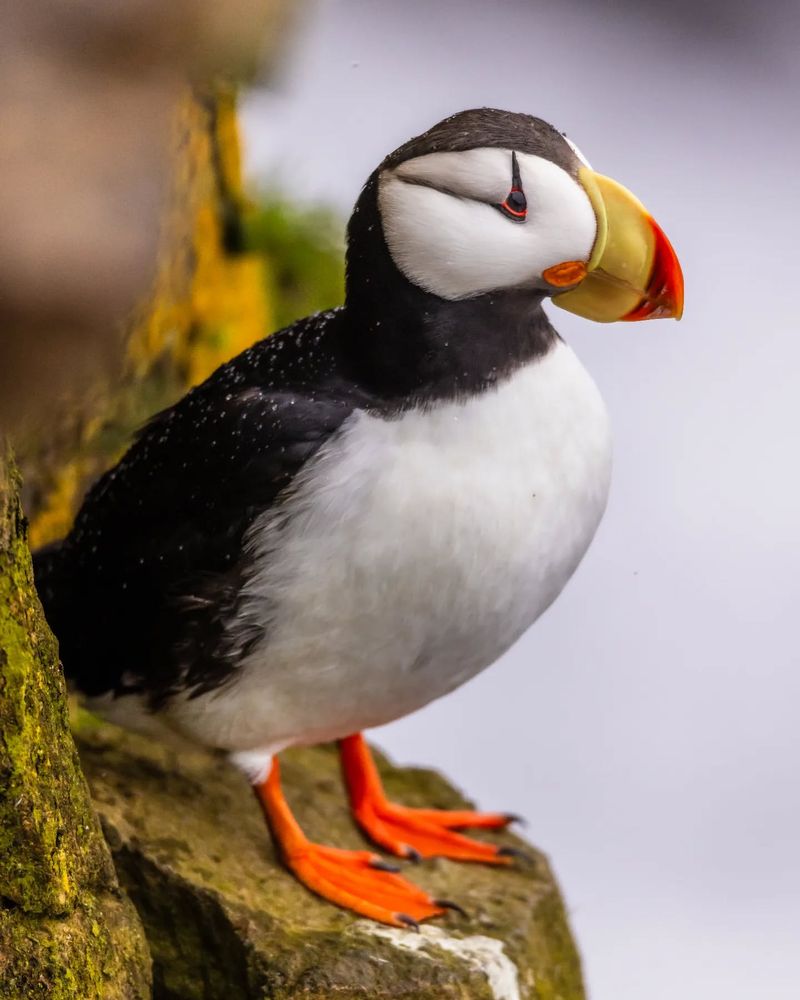
Puffins are the quirky cuties of the sea, rocking black-and-white suits with neon beaks that pop like highlighter pens.
Nicknamed “sea parrots,” they hang out on dramatic cliffs and islands across the North Atlantic.
These little legends are pro swimmers, flapping their wings underwater like feathered torpedoes on a fishy mission.
They raise their chicks in cozy burrows, staying snug and safe from predators. Come breeding season, their beaks go full-on rainbow mode—nature’s version of glow-up!
11. Cattle Dog

Cattle dogs are the ultimate farm MVPs—smart, strong, and full of non-stop energy!
With their sharp instincts and striking black-and-white coats, they know exactly how to keep a herd in check.
These pups don’t tire easily—they’re built for long days and love having a job to do. For pet life, that means they need plenty of play, training, and action.
They bond deeply with their humans and thrive in active homes that keep their minds and paws busy.
Training is all about consistency and trust, turning these brainy pups into loyal, obedient companions.
12. Panda
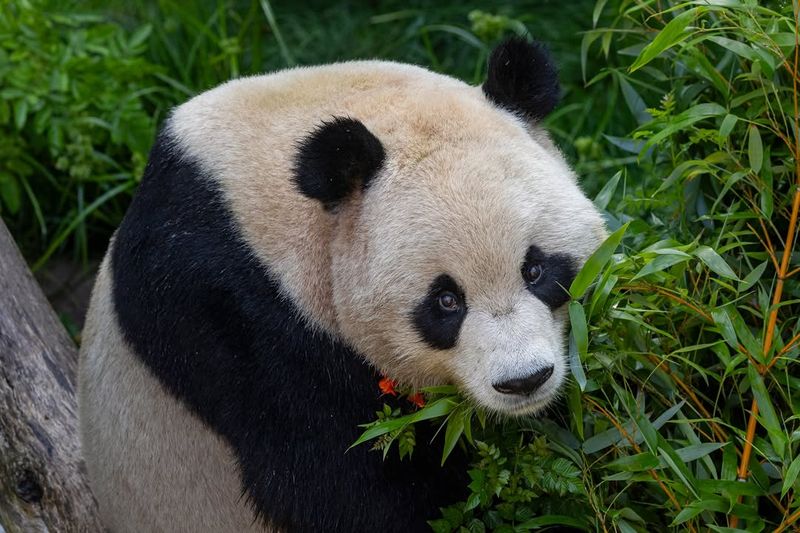
With their fluffy black-and-white coats and clumsy-cute vibes, giant pandas are basically the teddy bears of the wild.
These bamboo-munching icons hail from the misty mountains of China and spend most of their day snacking—seriously, it’s a full-time job!
Their cool coloring isn’t just for show—it helps them blend into the snowy forests and shady rocks they call home.
Though pandas love solo time, they still find ways to chat using sounds and scent marks like pros of panda communication.
Thanks to dedicated conservation work, panda numbers are rising, but their habitats still need protecting.
13. Icelandic Horse
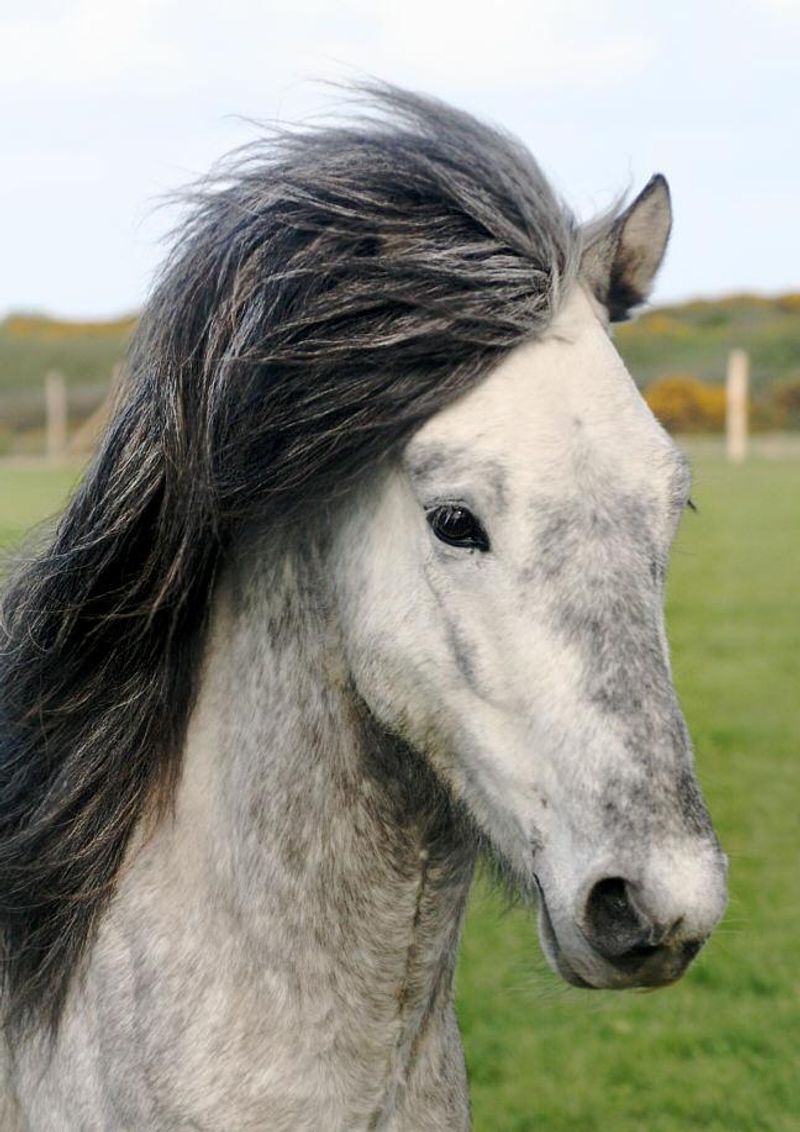
The Icelandic Horse is a pint-sized powerhouse with a bold black-and-white coat and a heart full of charm.
With flowing manes and soulful eyes, these beauties are pure magic on four legs.
They may be small, but don’t be fooled—they’re tough, smart, and strong enough to carry adults with ease.
Known for their friendly personalities and smooth gaits, they’re beloved by riders and festival-goers alike.
Built to handle Iceland’s wild weather, they’ve thrived for centuries in one of the world’s harshest climates.
14. Basset Hound

Basset hounds are the kings of charm with their floppy ears, soulful eyes, and lovable, low-to-the-ground strut.
Their black-and-white coats (with a splash of brown) only add to their irresistible appeal.
Don’t let those short legs fool you—they love a good sniff-and-stroll adventure, thanks to their superstar noses.
These mellow pups are loyal snuggle buddies, perfect for families who enjoy a slower pace and lots of cuddles.
They do need some TLC—regular walks, grooming, and a little extra care for those ears.
15. Snow Leopard
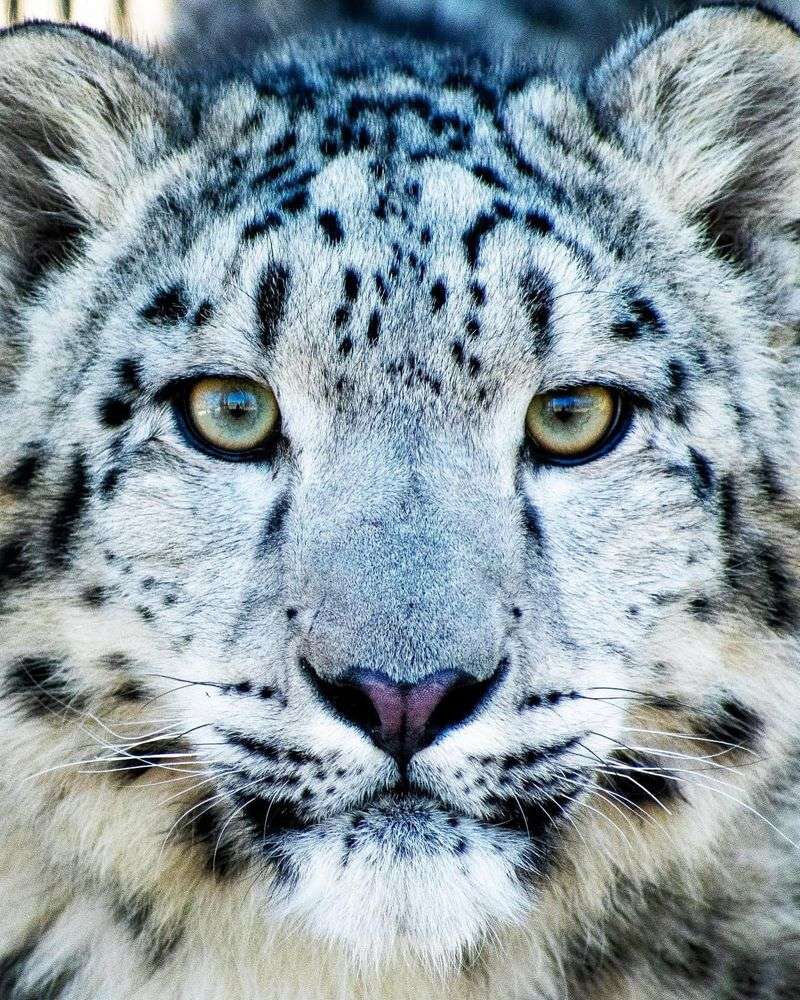
Snow leopards are the ghostly beauties of the mountains, rarely seen but always awe-inspiring.
With thick, spotted fur and piercing eyes, they melt right into the snowy peaks of Central and South Asia.
These agile cats leap across rocky cliffs like it’s no big deal, using their long tails for perfect balance mid-hunt.
They’re strong, silent, and seriously stealthy—masters of mountain survival with a diet that includes ibex and blue sheep.
Sadly, habitat loss and poaching threaten their survival, making protection efforts more important than ever.
16. Magpie
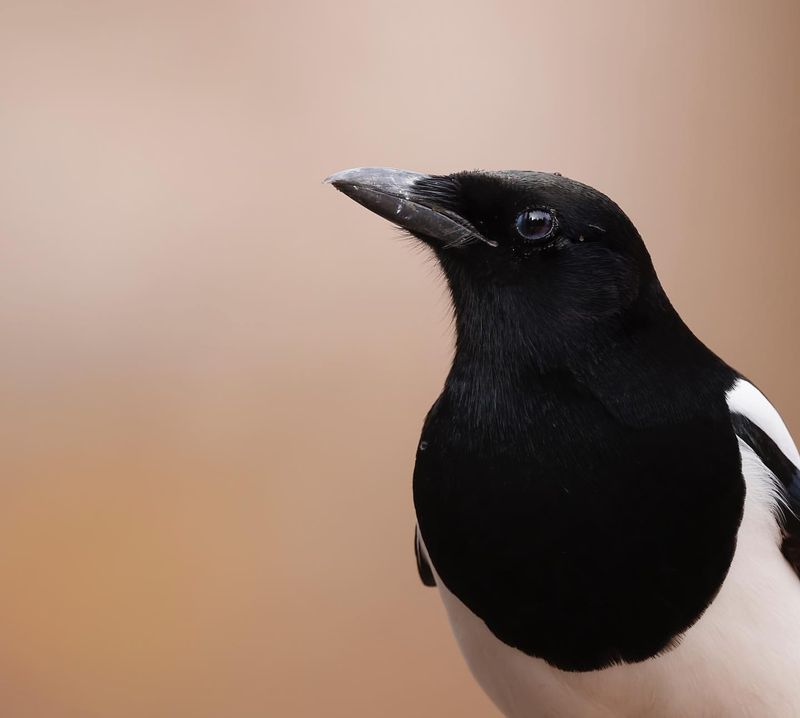
Magpies are brainy birds with bold black-and-white feathers and personalities to match.
Found in cities and countryside alike, they’re part of the clever crow family and always up to something interesting.
With a menu that ranges from bugs to leftovers, magpies aren’t picky eaters—they’re opportunistic and resourceful.
These chatterboxes love to socialize, play, and even mimic sounds, showing off their smarts in creative ways.
Watch them in the wild, and you’ll see just how adaptable and curious they really are.
17. Black-and-White Teacup Pig
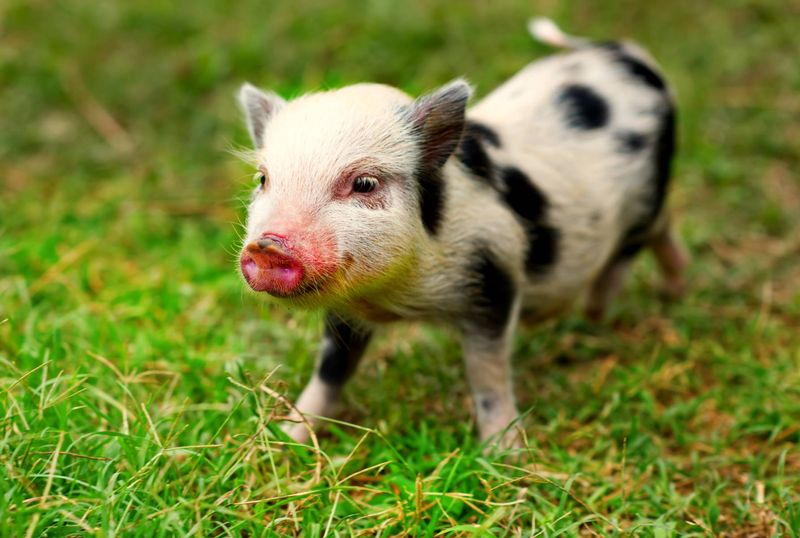
Black-and-white teacup pigs are basically walking bundles of cuteness! With their patchy coats and tiny size, they’re like designer pets straight out of a dream.
These mini oinkers may be small, but they’ve got BIG personalities. They love attention, mischief, and cozying up in your space.
Their unique coloring gives them that extra wow factor—classic pig, but make it fashion.
They do need special care, though, so they’re not just a cute face.
If you’re up for the snuggles and the sass, these pint-sized pigs make quirky, lovable housemates!
18. Black-and-White Ruffed Lemur
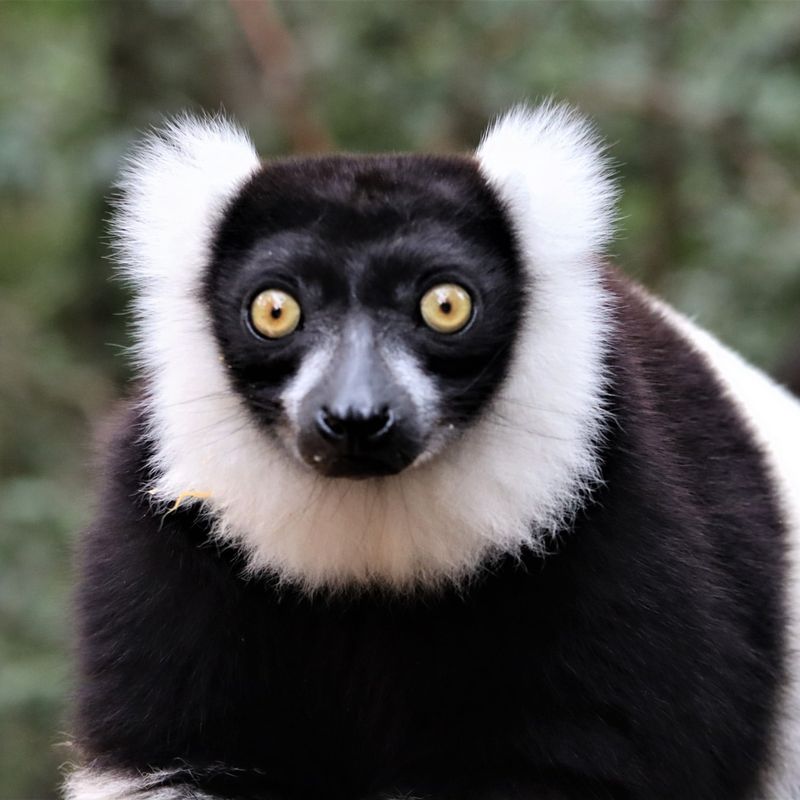
The black-and-white ruffed lemur looks like it stepped out of a jungle fashion show with its bold, fluffy coat and dramatic style.
Native to Madagascar’s rainforests, these fruit-loving primates are more than just a pretty face—they’re key players in spreading seeds and keeping the forest alive.
They’re total chatterboxes too, filling the treetops with loud calls that help them stay connected and claim their turf.
Living in tight-knit groups, they’re all about teamwork and tropical vibes.
Sadly, their wild world is shrinking due to habitat loss and hunting, putting them at serious risk.

